Menu
Shop By Category
Shop By Category
Shop By Category
Shop By Category
Shop By Category
Shop By Category
Shop By Category
Shop By Category
Studio & Recording
Studio & Recording
Studio & Recording
Studio & Recording
Studio & Recording
Studio & Recording
Studio & Recording
Studio & Recording
-
Shop By CategoryDAW SoftwarePlug-ins: Virtual InstrumentsPlug-ins: Virtual ProcessorsNotation SoftwareMastering SoftwareDJ SoftwareVideo Editing SoftwareInstructional SoftwareUtility & Other SoftwareElectric GuitarsAcoustic GuitarsGuitar AmpsGuitar Pedals & EffectsGuitar Wireless SystemsGuitar StringsGuitar AccessoriesBass GuitarsBass Guitar AmpsBass Guitar Pedals & EffectsBass Guitar Wireless SystemsBass Guitar StringsBass Guitar AccessoriesSynthesizersEurorack & Modular SynthesizersKeyboard WorkstationsPortable & Arranger KeyboardsPianosElectric OrgansBeat ProductionMIDI ControllersVirtual InstrumentsKeyboard AmplifiersKeyboard AccessoriesAcoustic DrumsElectronic DrumsDrum HardwareCymbalsHand DrumsWorld PercussionPercussion Stomp BoxesDrum & Percussion AccessoriesDynamic MicrophonesCondenser MicrophonesWireless SystemsDrum Microphone BundlesHeadset MicrophonesLavalier MicrophonesUSB MicrophonesiPad/iPhone MicrophonesRibbon MicrophonesShotgun MicrophonesMicrophone AccessoriesStudio & Recording Analog MixersDigital MixersSumming MixersRecording ConsolesControl SurfacesMixer AccessoriesStudio & Recording Dynamic MicrophonesCondenser MicrophonesWireless SystemsDrum Microphone BundlesHeadset MicrophonesLavalier MicrophonesUSB MicrophonesiPad/iPhone MicrophonesRibbon MicrophonesShotgun MicrophonesMicrophone AccessoriesStudio & Recording Active MonitorsSubwoofersSurround & Multi-Speaker SystemsPassive MonitorsMonitor AmplifiersPersonal MixersHeadphonesHeadphone Amps and DistributionEarpads, Cables, and AccessoriesMonitor ManagementStudio & Recording Thunderbolt Audio InterfacesEthernet Audio InterfacesFireWire Audio InterfacesUSB Audio InterfacesPCI Audio InterfacesMIDI InterfacesStudio & Recording 500 SeriesCompressors / LimitersExpanders / GatesGraphic EQParametric EQReverbs / EffectsExciters / EnhancersMasteringAD/DA ConvertersMisc Digital ConvertersSynchronizersFeedback ReductionChannel StripsSignal Processing AccessoriesStudio & Recording DAW SoftwarePlug-ins: Virtual InstrumentsPlug-ins: Virtual ProcessorsNotation SoftwareMastering SoftwareDJ SoftwareVideo Editing SoftwareInstructional SoftwareUtility & Other SoftwareStudio & Recording PC DesktopsMacintosh DesktopsMacBooksiPadsTablet AccessoriesComputer MonitorsHard Drives / StorageComputer AccessoriesPro ToolsAudio InterfacesSoftware & Plug-insControl SurfacesBluetooth & Wireless SpeakersShop By Category
-
HOT DEAL'S
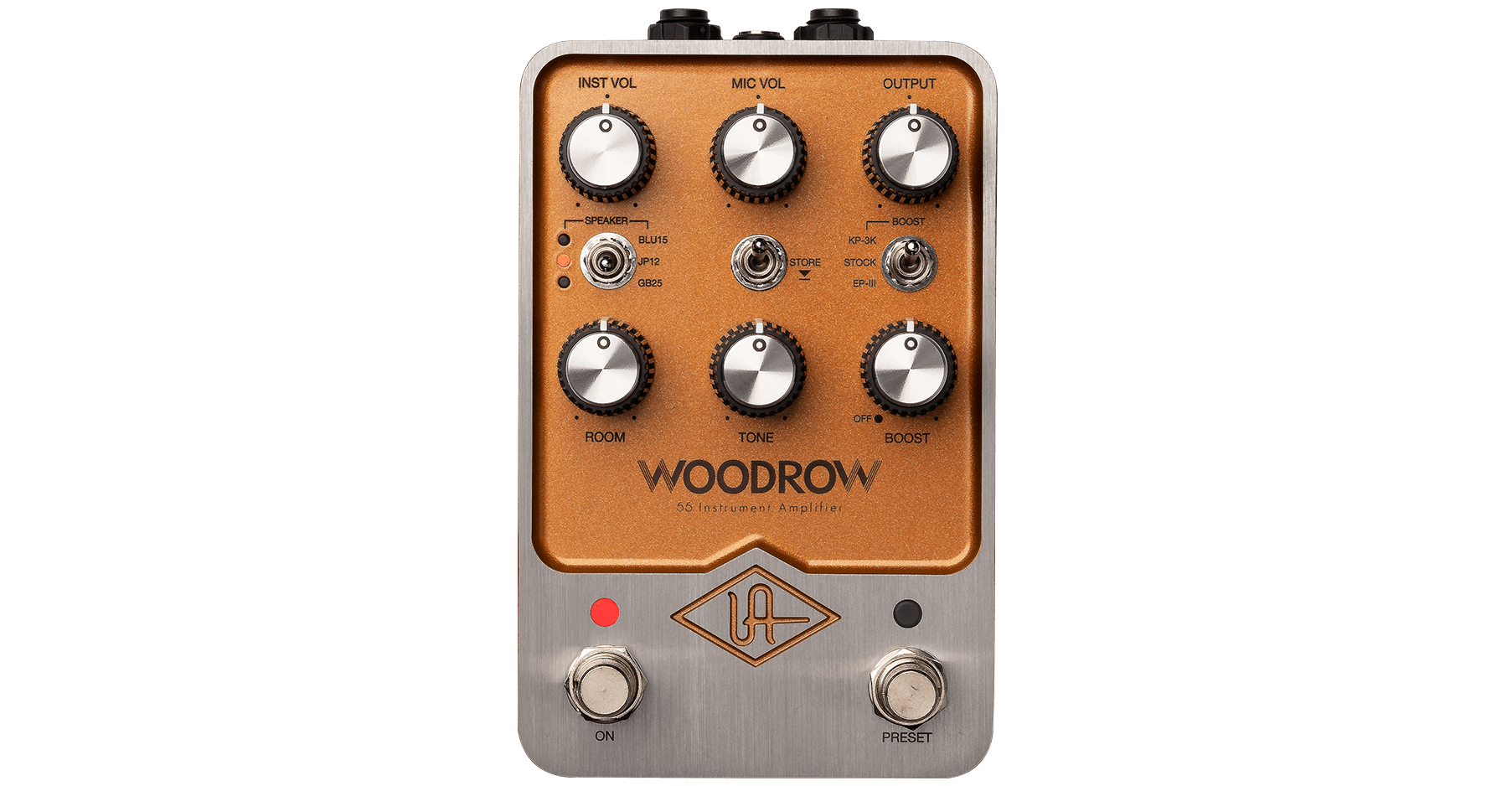
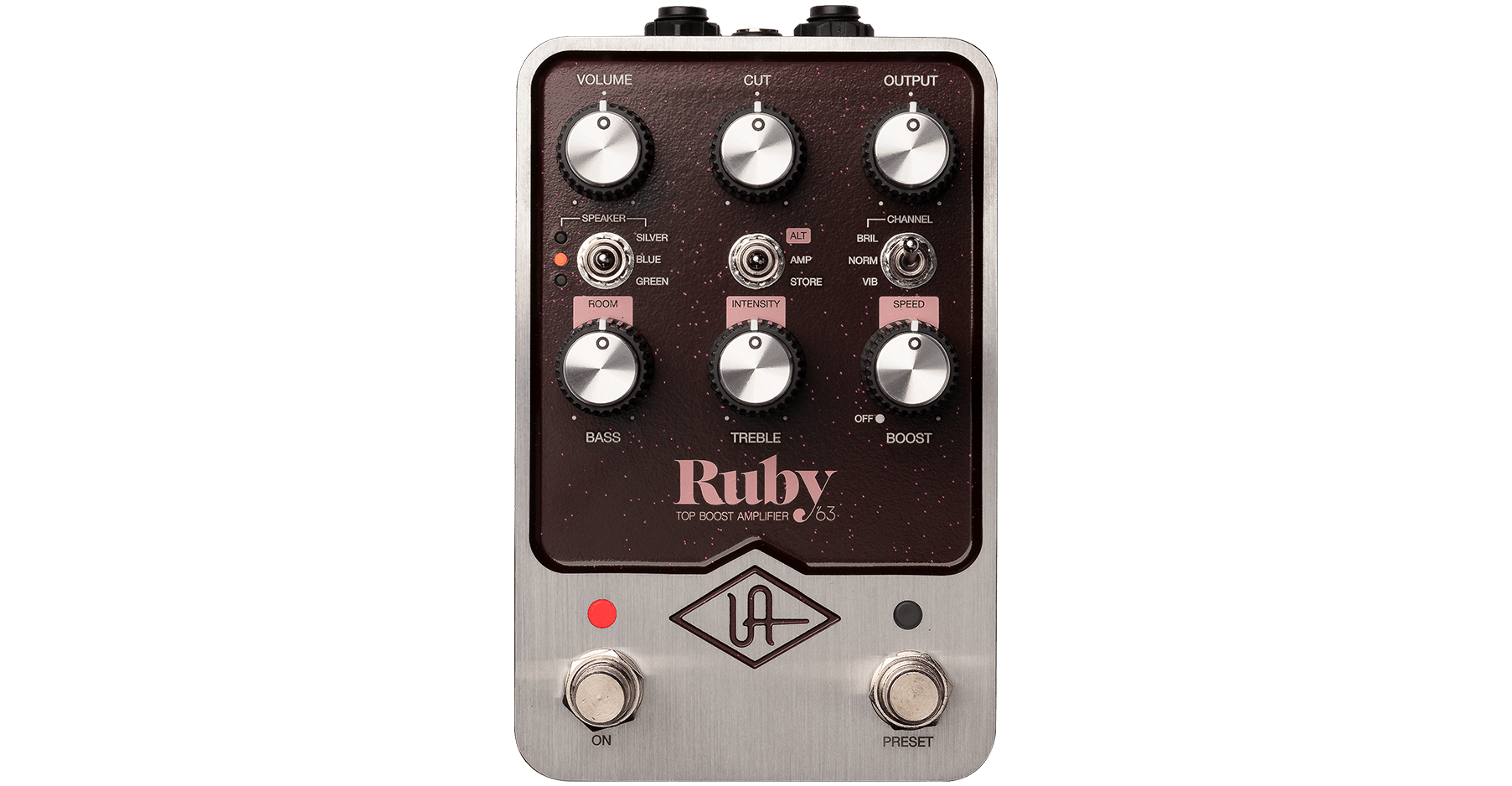
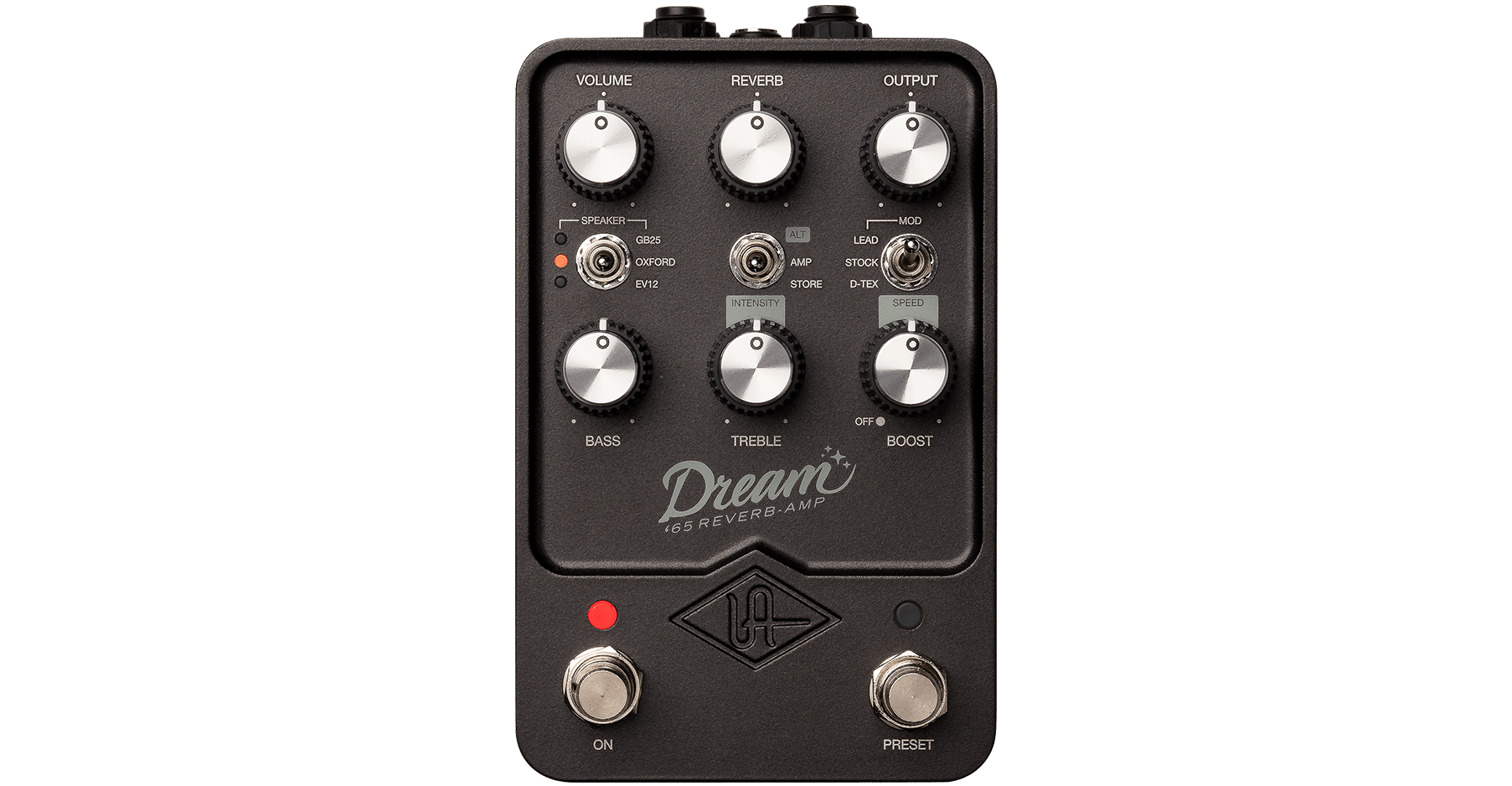
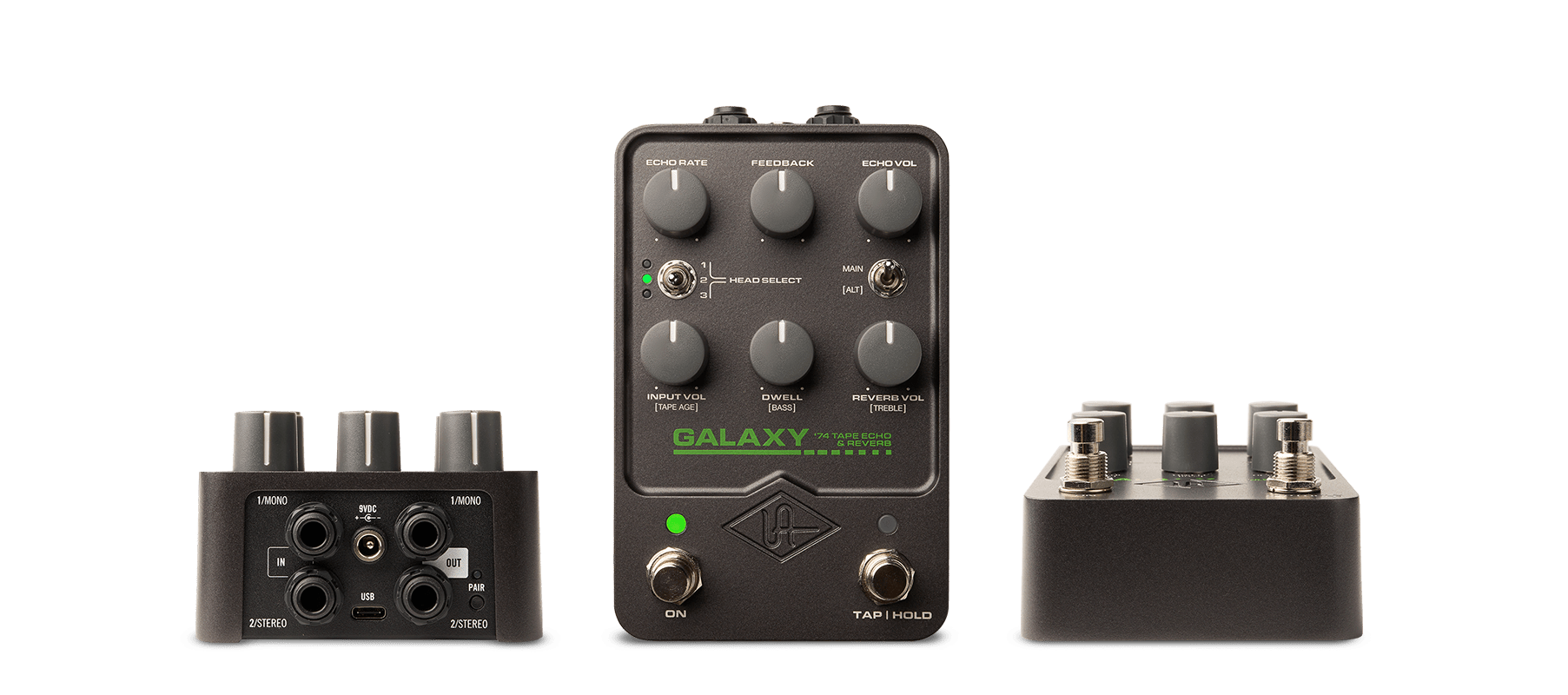
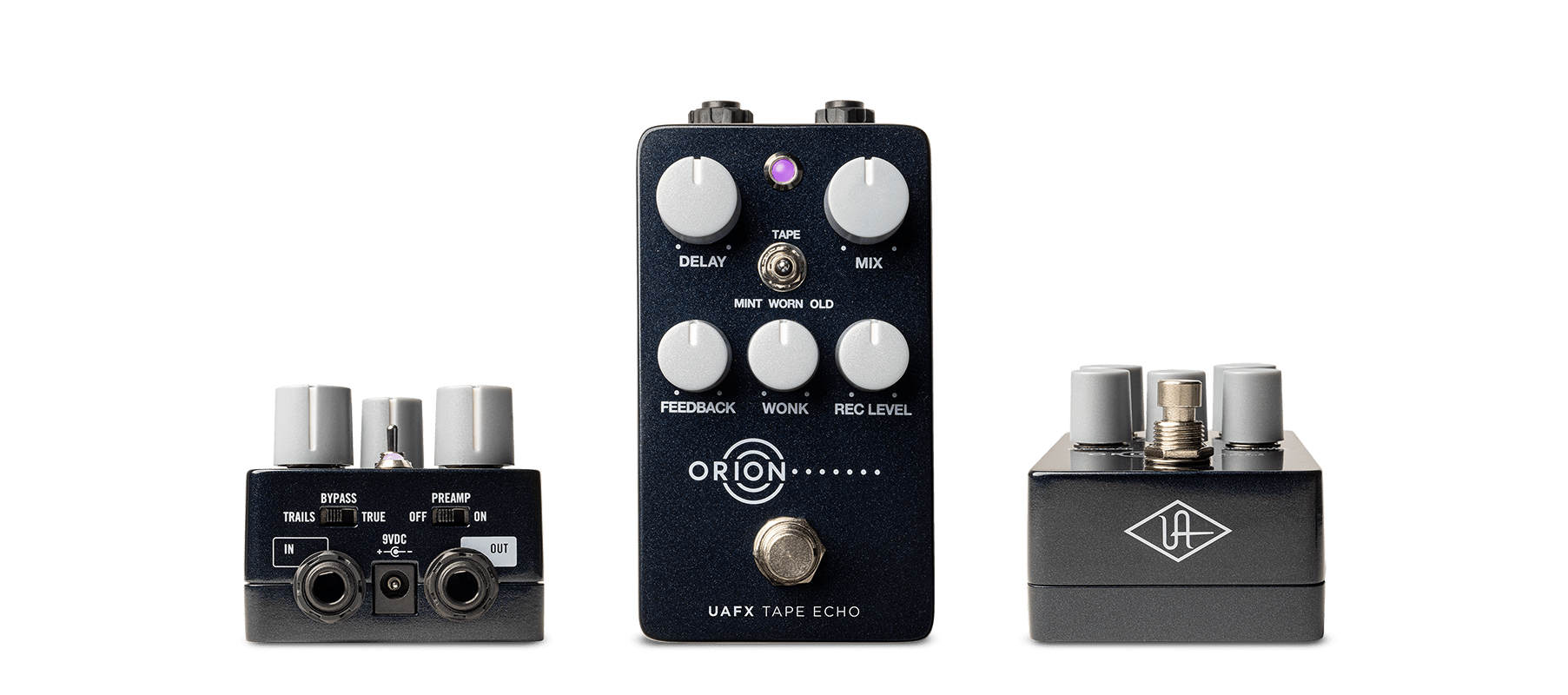
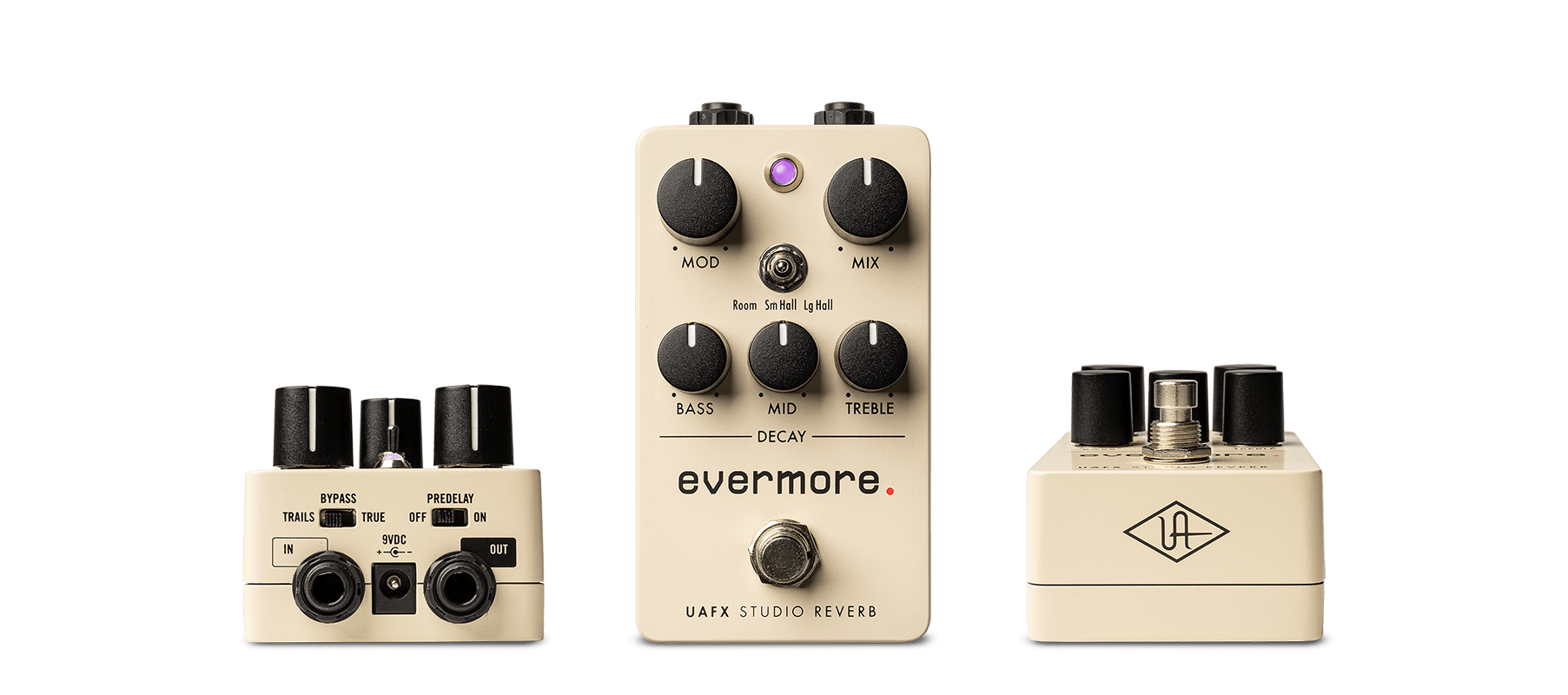
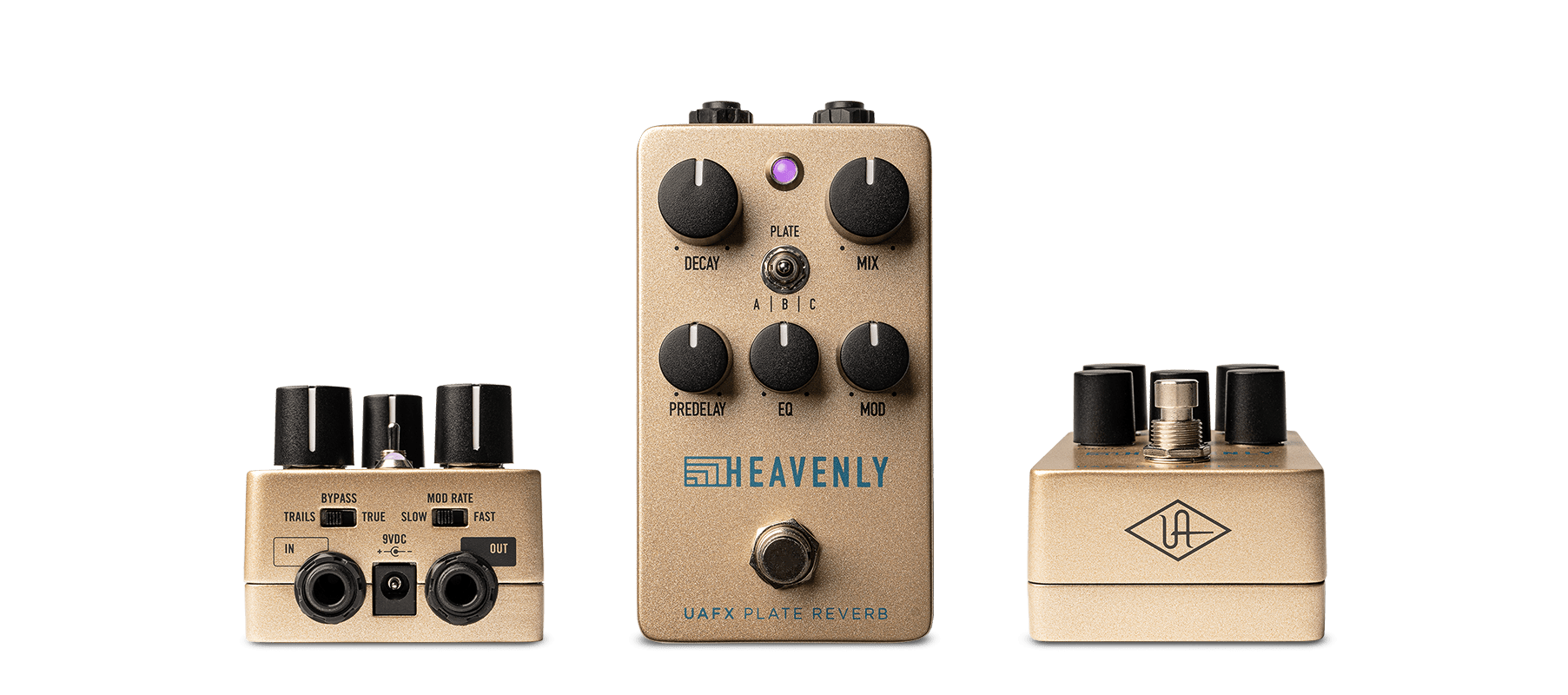

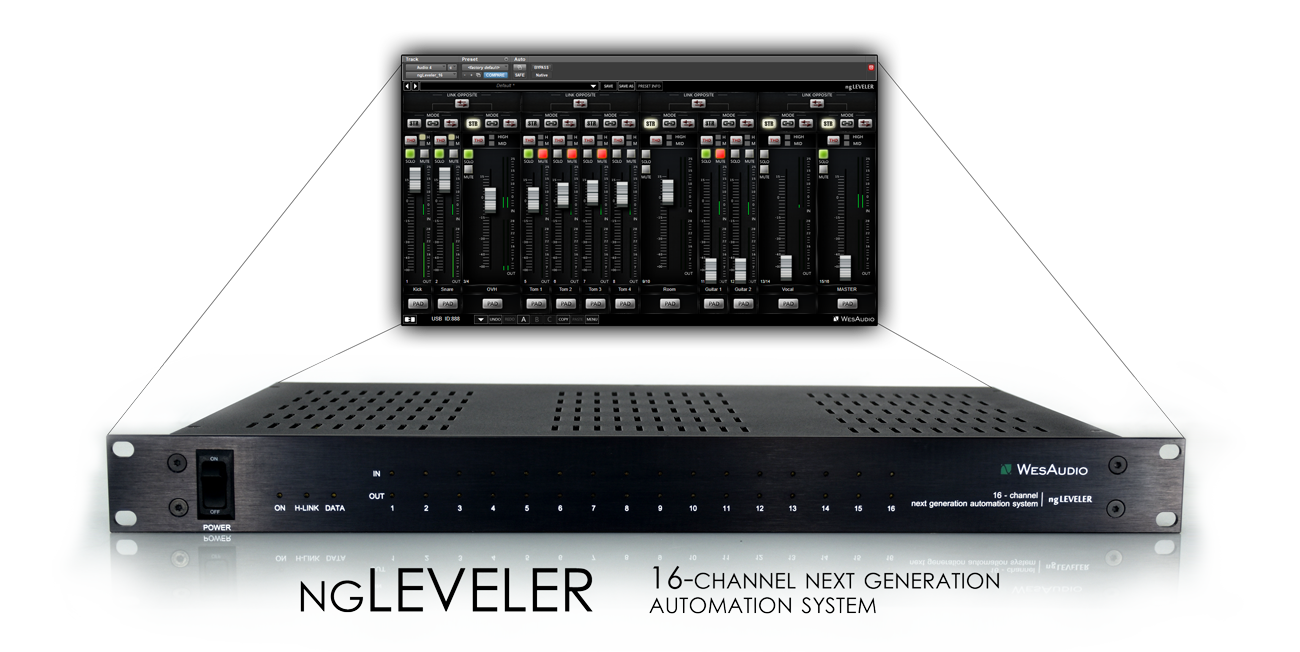


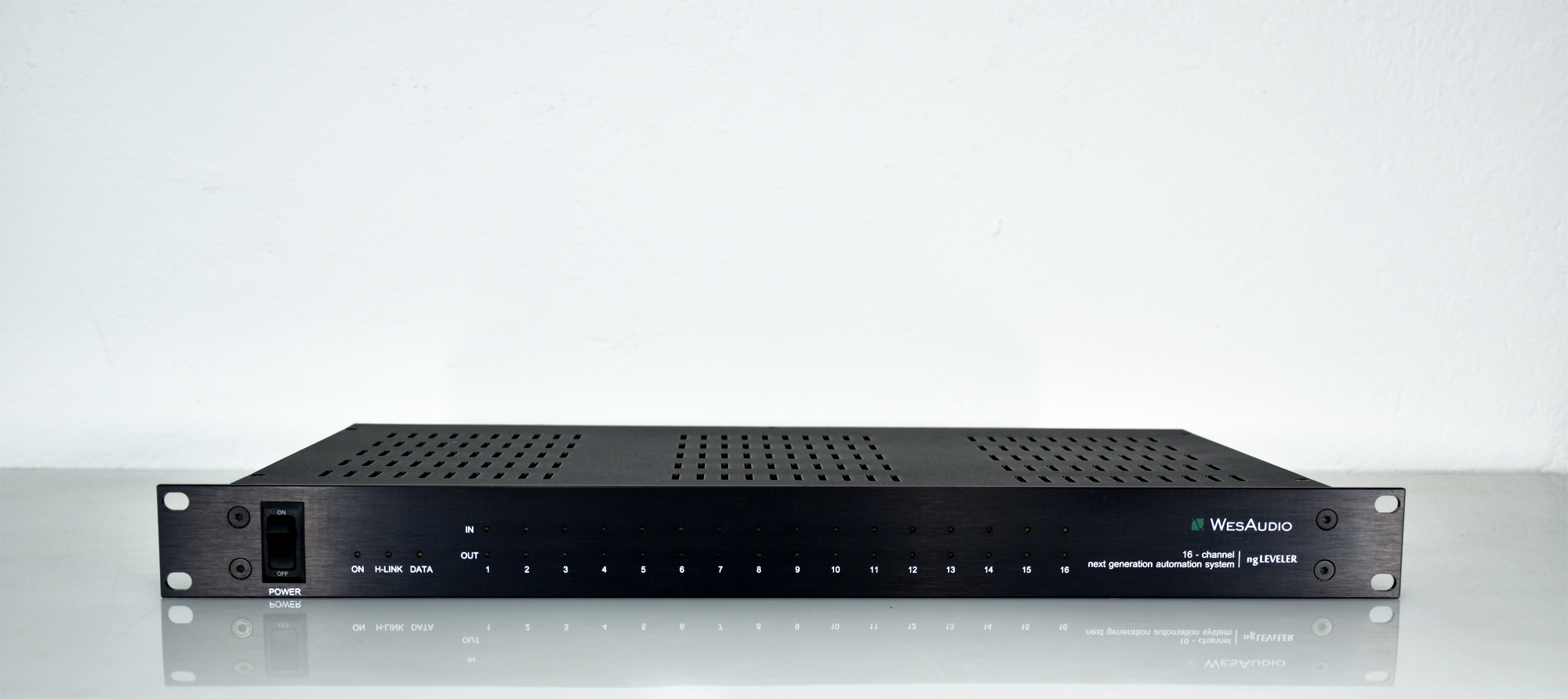






 This functionality links two stereo channels in an opposite way, it means that by pushing level of channel 1 & 2, channel 3 & 4 signal will be lowered by the same amount, perfect solution to drive our stereo analog units maintaining the same signal level.
This functionality links two stereo channels in an opposite way, it means that by pushing level of channel 1 & 2, channel 3 & 4 signal will be lowered by the same amount, perfect solution to drive our stereo analog units maintaining the same signal level.

